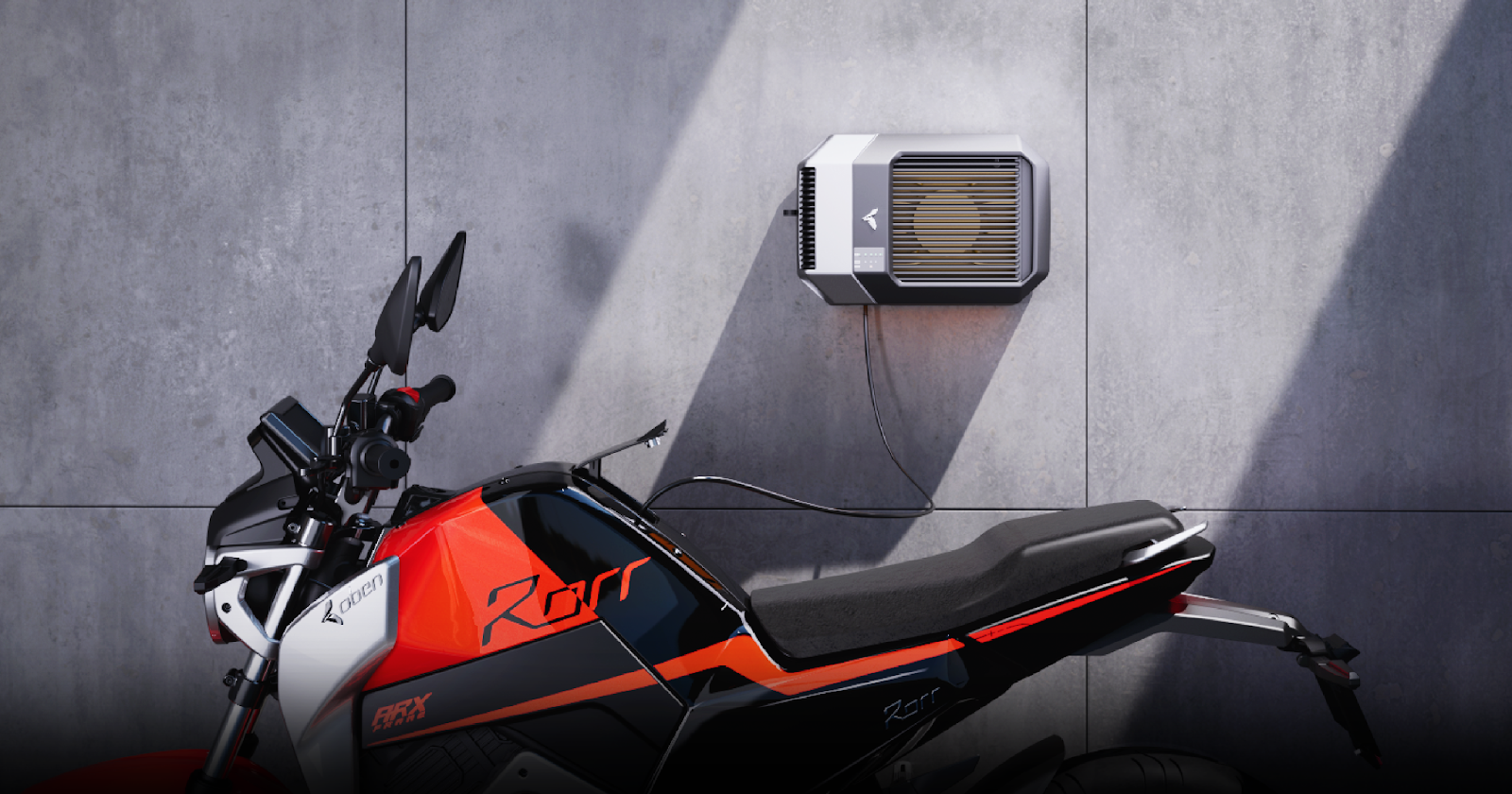- ALL
- TRENDING
- PERFORMANCE
- CHARGING
- BATTERY
- DESIGN
- TECH
- NEWS
The Growth of Public EV Charging Networks

Table of Contents
- Expanding Electric Vehicle Charging Networks
The electric vehicle (EV) revolution in India is no longer a distant dream. With the EV market expected to reach $48.6 billion by 2030, India is witnessing a transformative shift towards sustainable transportation. This growth is fueled by increasing environmental consciousness, ambitious climate goals, and a surge in demand, particularly for electric two-wheelers.
However, the adoption of EVs hinges on more than just the consumer shift towards sustainability. Rather, a robust, accessible, and efficient public EV charging network is the backbone of this transition.
Fortunately, India’s public EV charging infrastructure is evolving rapidly, with government initiatives, private sector investments, and technological advancements converging to create a charging ecosystem. From metropolitan cities to smaller towns, the expansion of public EV charging stations is redefining how India approaches transportation and energy.
Read on to learn more about the growing network of public Electric Vehicle charging stations in India and what trends will drive this growth further.
Expanding Electric Vehicle Charging Networks
A widespread public charging network is the driving force of the EV ecosystem, ensuring that rapid charging facilities are accessible to all EV owners. It is not only practical but plays a pivotal role in easing range anxiety among those looking to switch to EVs.
The good news is that India's EV charging network has grown substantially over the past few years, driven especially by various government policies, such as the Faster Adoption and Manufacturing of Hybrid and Electric Vehicles (FAME) II scheme and the PM Electric Drive Revolution in Innovative Vehicle Enhancement (PM E-DRIVE) scheme.
As a result, India's public EV charging infrastructure expanded from 1,800 stations in February 2022 to 25,202 by December 2024. Furthermore, charging stations are spreading beyond metropolitan centres to tier-2 and tier-3 cities, ensuring a wider reach and greater accessibility.
EV Charging Stations
Most electric vehicles have a built-in AC-to-DC converter known as an Onboard Charger. As a result, EV charging stations are divided into two types-
1. AC charging station
They provide an alternating current. When an electric vehicle is charged through this, the current first goes to the onboard charger, which is converted into a direct current suitable for battery storage.
2. DC charging station
They produce a direct current, which is quite difficult to generate, leading to fewer DC charging points. They are known for their fast charging capabilities as they do not interact with the onboard charger and can reach the battery straightaway.
Changing Trends in Public Charging
Electric Vehicle charging is still in its nascent stage, with innumerable possibilities that could lead to impressive benefits. Here are some trending features of this ever-changing world.
1. Community charging
It has emerged as a new method in the EV space. It refers to collaborations between residential communities and charging providers, paving the way for the installation of charging stations in residential societies.
2. Use of renewable energy resources
Renewable energy resources like wind and solar power are being leveraged to build charging stations, which promise zero emissions.
3. Growth of charging hubs
The availability of charging hubs can provide multiple charging points in a centralised urban area congested with traffic all day long. These hubs feature fast charging options, making them appropriate for busy urban locations.
4. Destination charging infrastructure
This involves building charging stations in areas that people often visit, such as shopping malls, hotels, and workplaces. This prevents the need to visit a charging station separately.
What's Next for EV Charging?
India is expected to have 50 million EVs in the coming future, requiring approximately 1.32 million charging stations. To meet this demand, there is a need for 400,000 chargers annually. This daunting goal requires the collaboration of all stakeholders and innovative research and development.
Furthermore, electric two-wheeler brands like Oben Electric are revolutionising the EV charging space by making it more convenient for users. With Oben Net, electric bike owners have access to a vast network of 12k+ charging stations across the country. So wherever you go, you can easily find your nearest charging station through Oben Net and ride worry-free.
The future holds exciting possibilities, such as wireless charging pads and ultra-fast chargers capable of delivering a full charge in just minutes. With evolving technology, charging electric vehicles may become as effortless as charging our smartphones.
The Bottom Line
India's expanding EV charging network underscores its commitment to sustainable transportation. Public EV charging networks can reshape how we power electric vehicles and have the potential to unlock new adventures and push the boundaries of possibilities.
Ready to embrace the future? Explore a range of cutting-edge electric motorcycles on the Oben Electric website and become a part of this sustainable revolution.
Visit the Oben Electric website to discover electric motorcycles that are revolutionising urban mobility.




